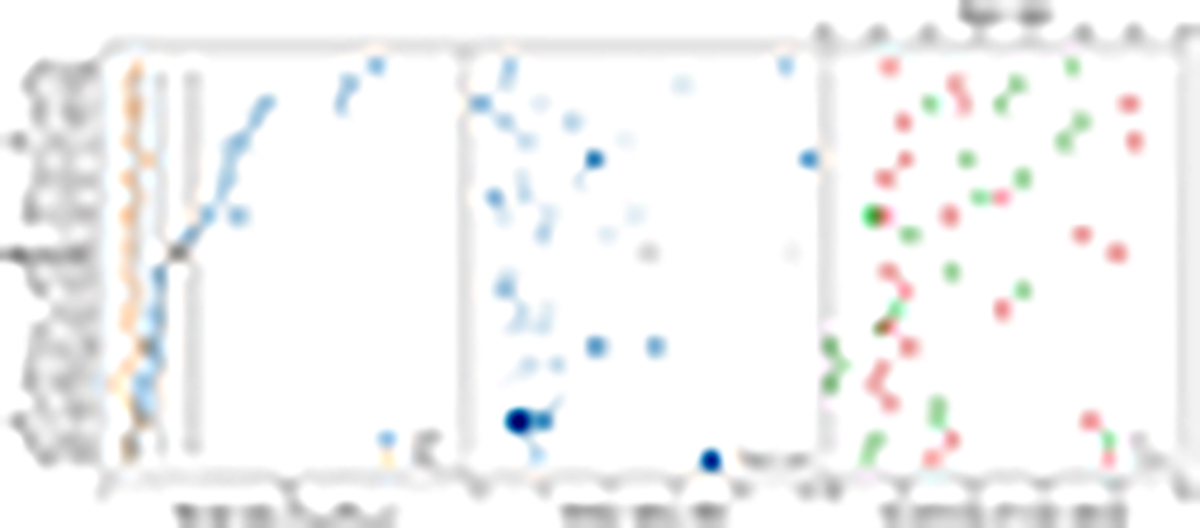Fig. 1.

Download original image
Orbital data extracted from the NASA Exoplanet Archive on May 2, 2024, for a set of planetary systems that (at least) partially meet the requirements for the Masset and Snellgrove mechanism. Left: period ratio of planet pair in a ‘grand tack’ mass arrangement (i.e. the interior planet is more massive) in the exoplanet population, as well as for Jupiter and Saturn (labelled ‘Solar System’). Some systems contain more than one pair and are thus represented by multiple points. The orange crosses show the period ratio if the secondary planet orbits at an orbital distance of 3 Hill radii of the primary. Three of the systems (at the bottom of the plot) orbit near this arrangement. The three vertical lines show, from left to right, orbital period ratios of exactly 3:2, 2:1, and 3:1, respectively. Middle: orbital separation of each planet from their host star in units of AU. The size of each marker is proportional to the mass of the planets; the black points show the orbital structure of Jupiter and Saturn in our own Solar System. Right: eccentricity of the inner planet as well as the mass ratio of each planetary pair. A wide range of eccentricities is seen for the exoplanet population; however the planets with high period ratios (top of the figure) seem to generally have higher eccentricities on average.
Current usage metrics show cumulative count of Article Views (full-text article views including HTML views, PDF and ePub downloads, according to the available data) and Abstracts Views on Vision4Press platform.
Data correspond to usage on the plateform after 2015. The current usage metrics is available 48-96 hours after online publication and is updated daily on week days.
Initial download of the metrics may take a while.


